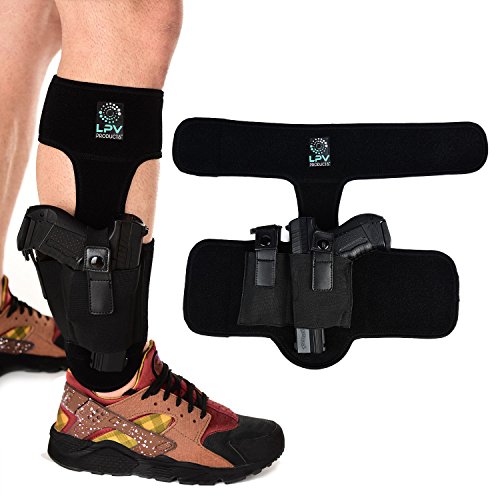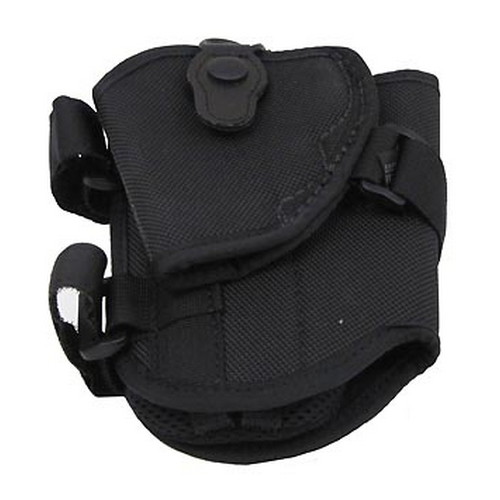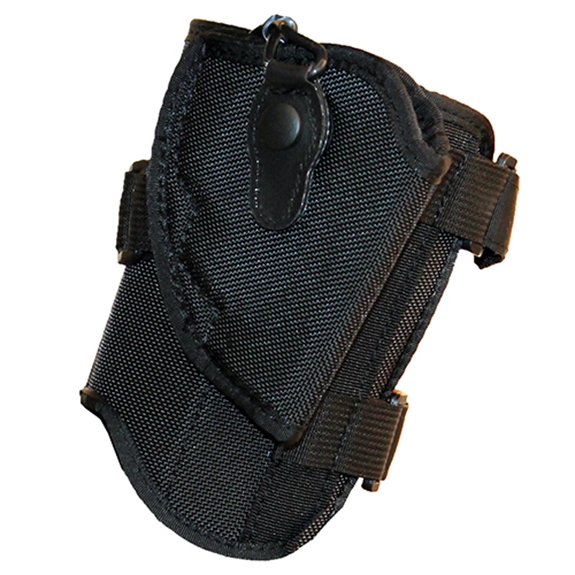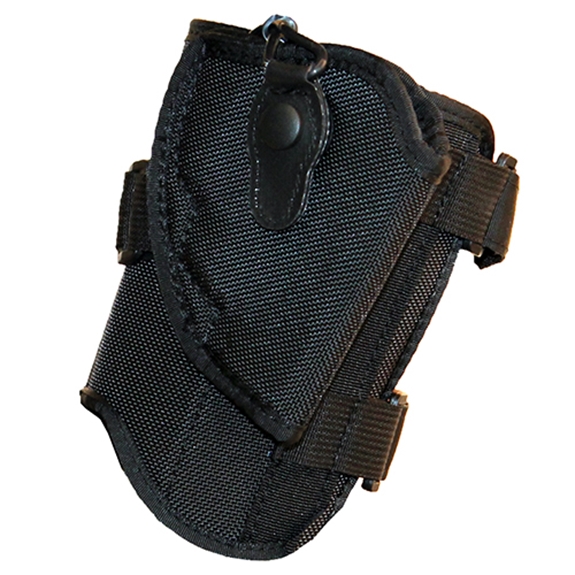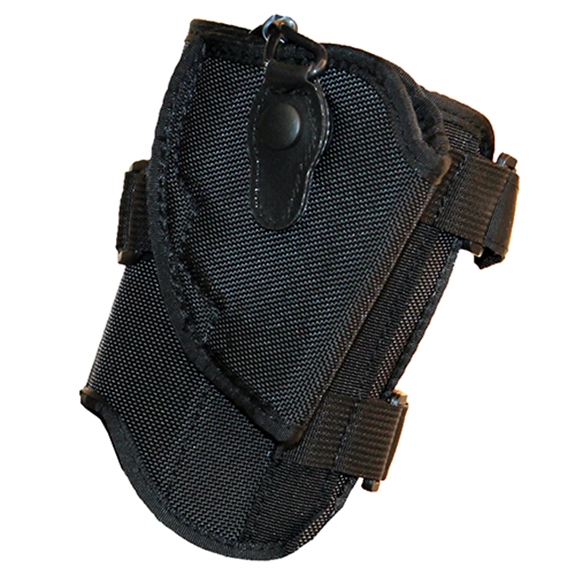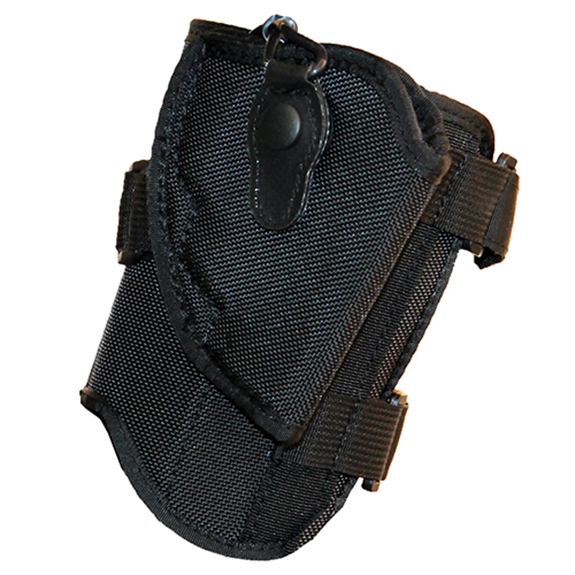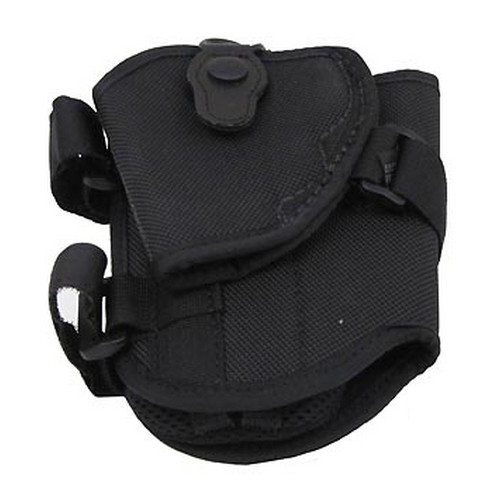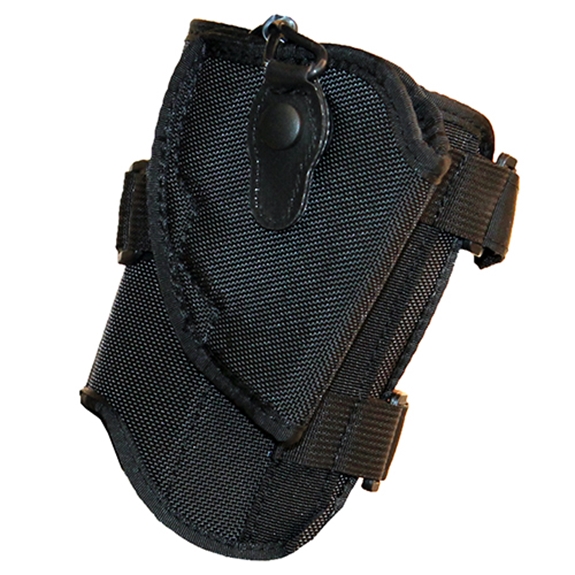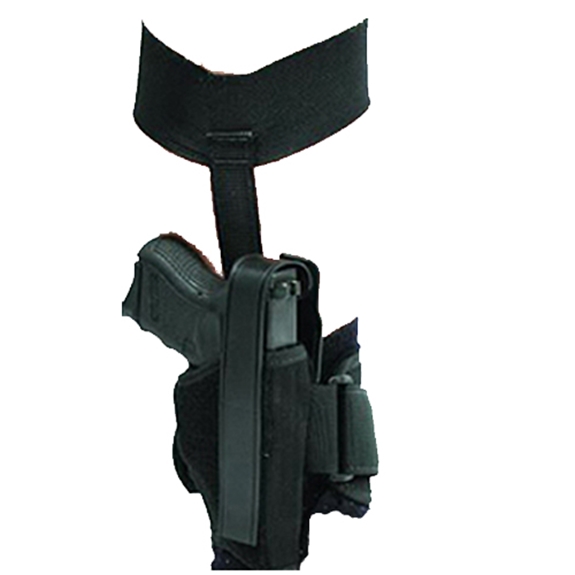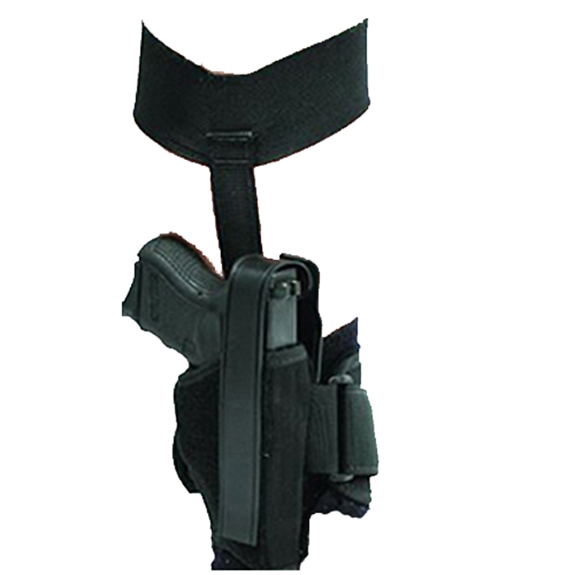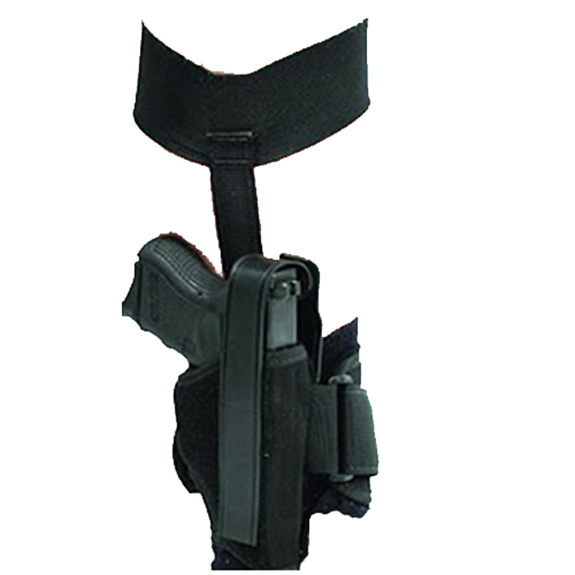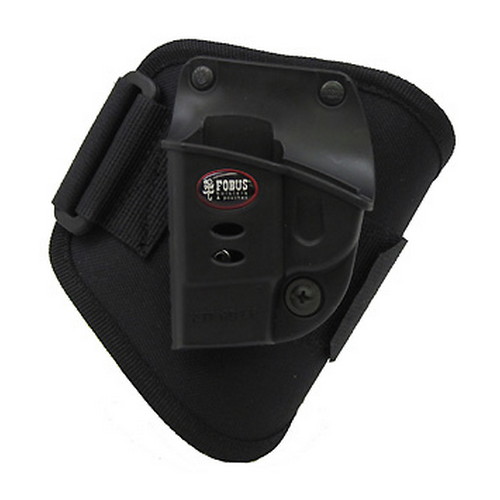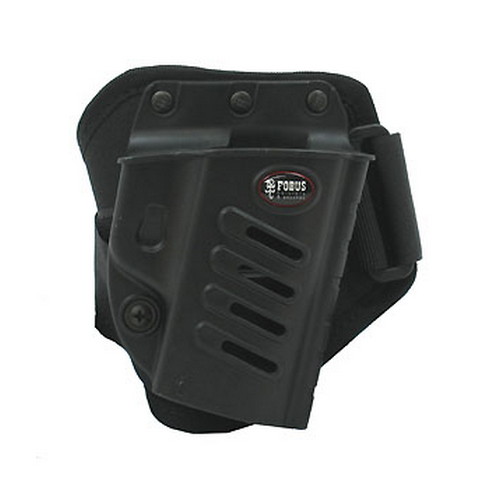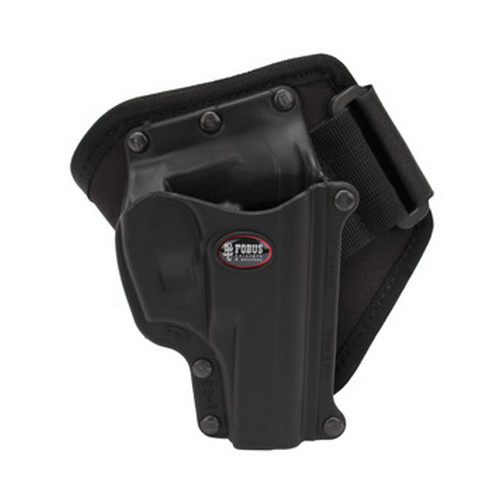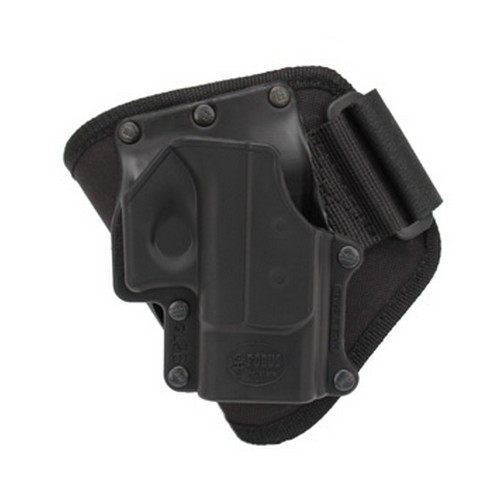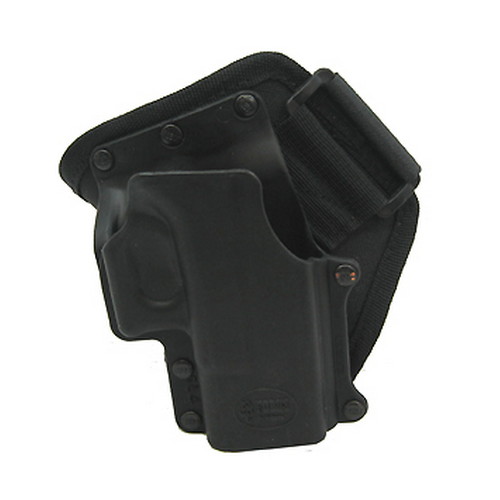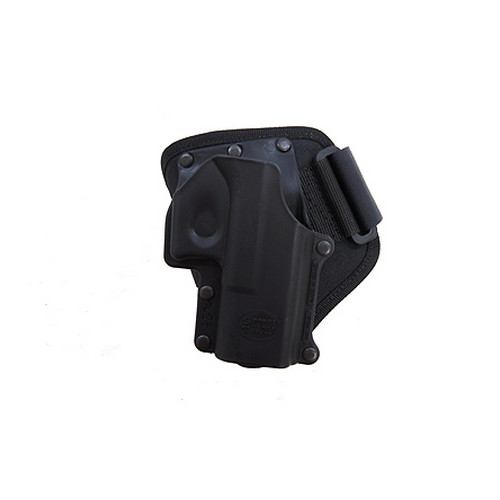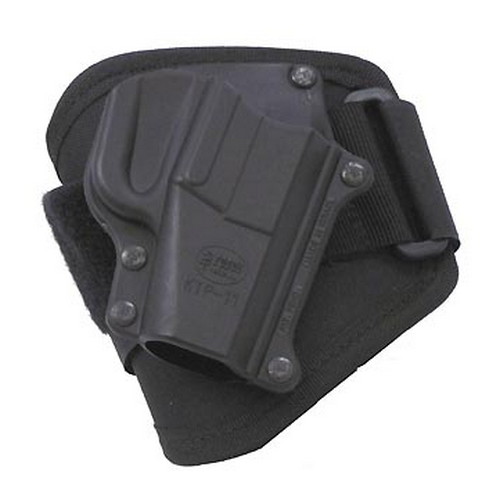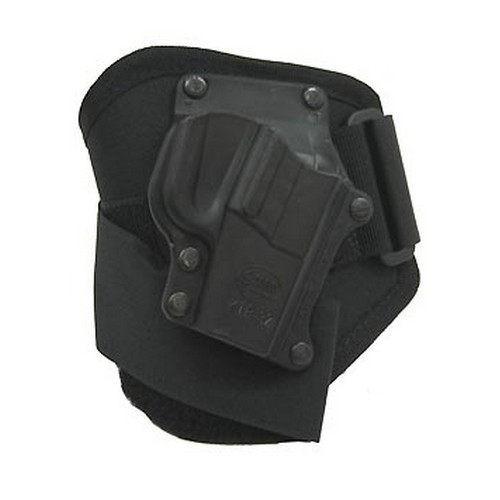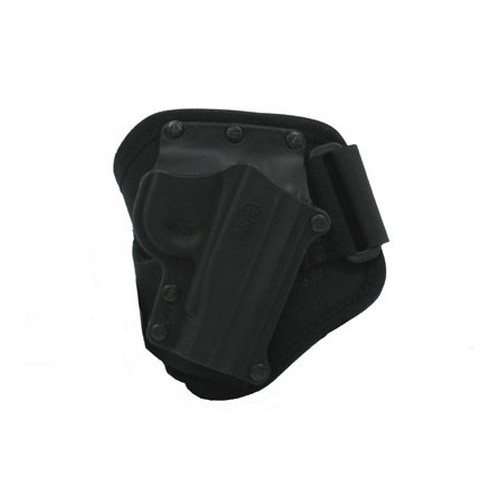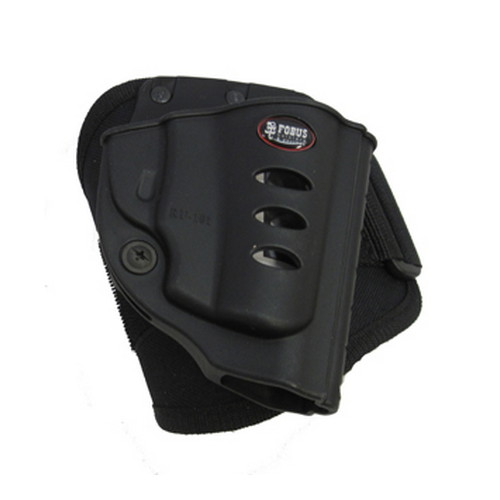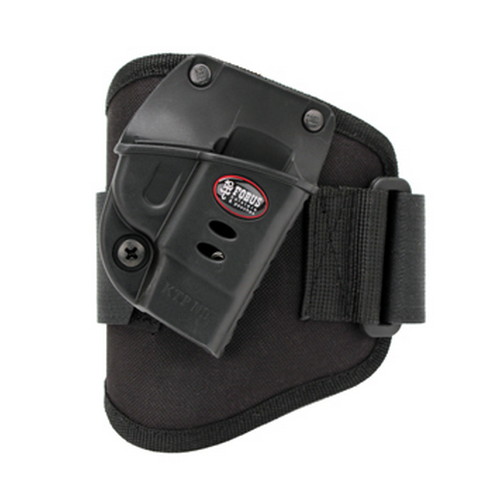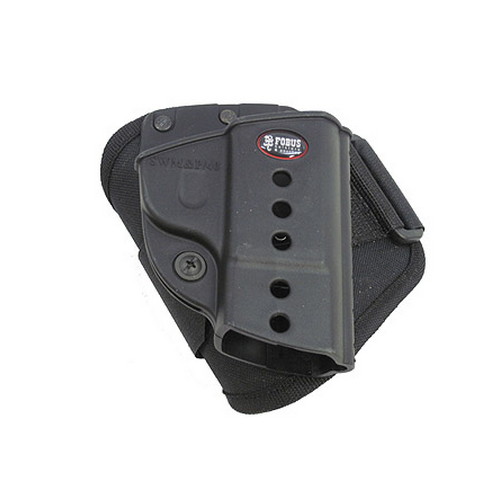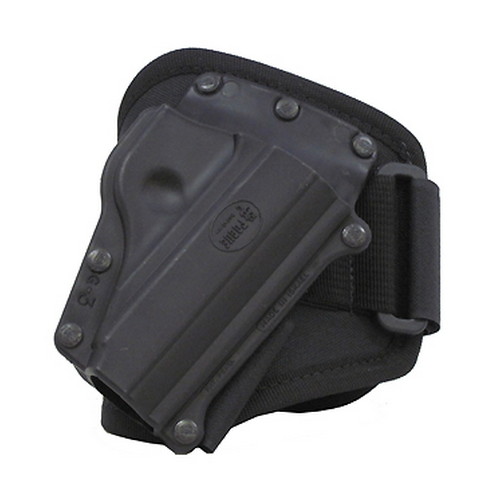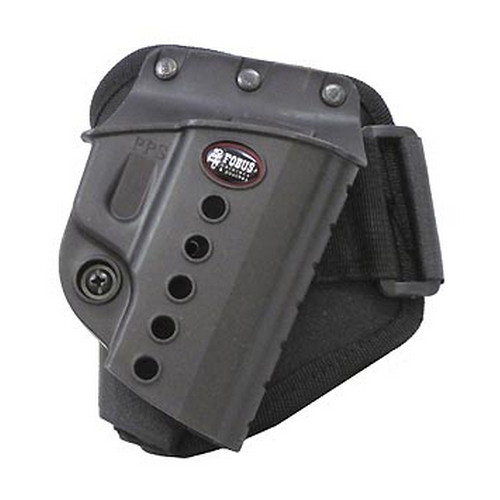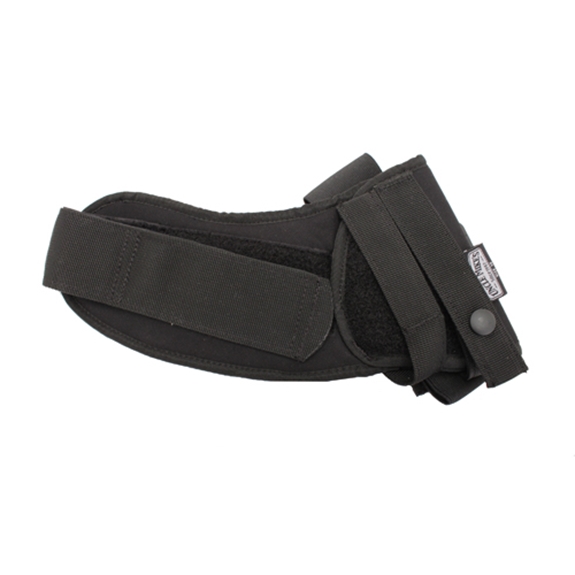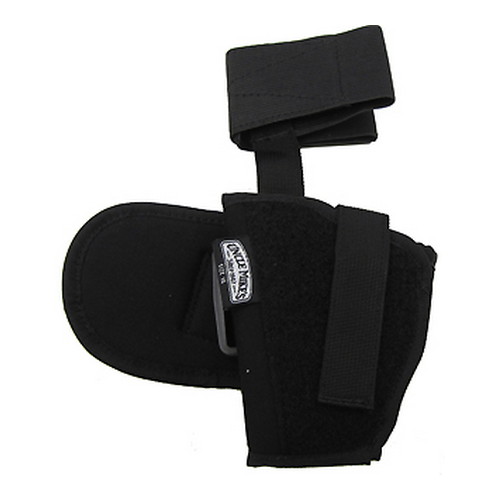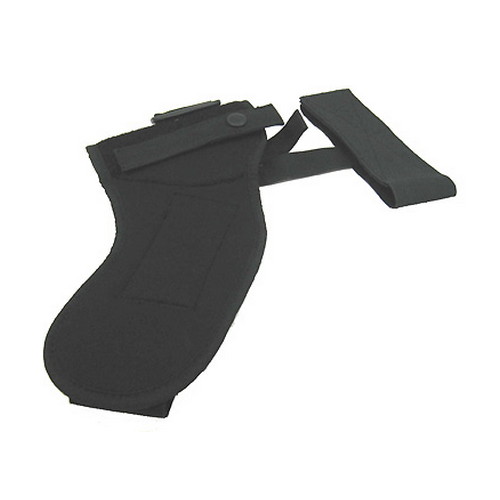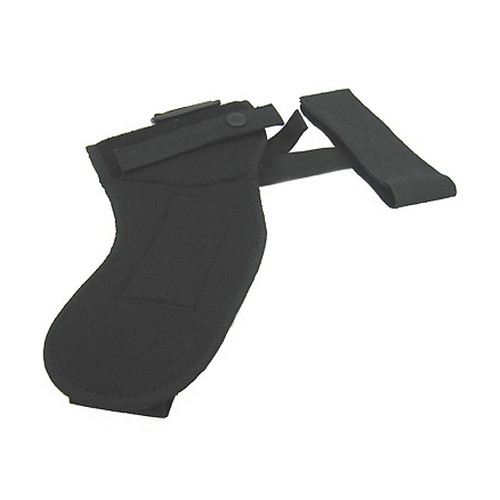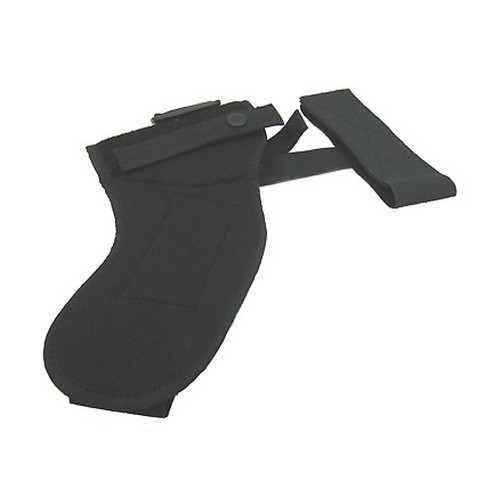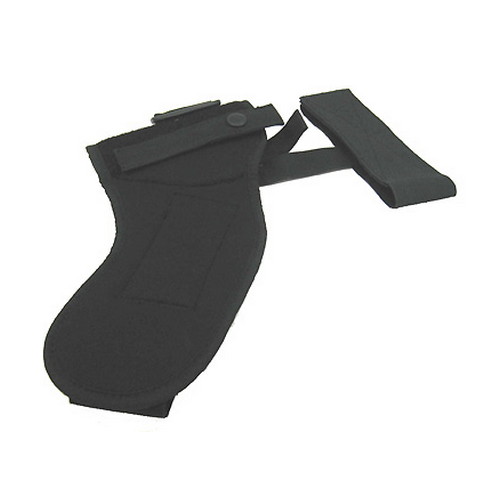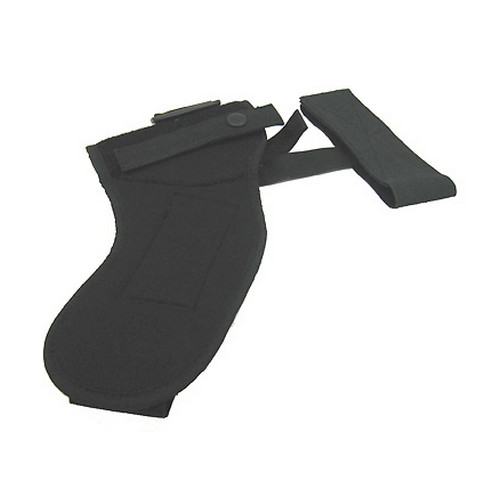Firearm holsters are available in many shapes, fabrics, levels of retention and dimensions. Thier are three fundamental holster categories; obligation holsters, concealment and athletic kind. The kind of holster used is dependent upon the varying conditions in which they’re used. Uniformed police and security officers that carry their firearms openly generally use what’s called a retention holster. These kinds of holsters incorporate a degree or levels of retention. Straps or flaps that hold the gun in position and prevent the officer from being disarmed are universal. Duty holsters are available with varying degrees of preservation (Level I, Level II, Level III). A higher degree of conservation makes it increasingly difficult for a person to remove the firearm out of your holster. Concealment holster is designed to be comfortably worn from sight. They are usually compact, lightweight and made to be worn under clothes. The paddle and belt holster is one of the most common concealment holsters. Additional concealment holster options incorporate the shoulder holster, ankle holster, stomach band, fanny pack, pocket holster and several versions of each.
Shoulder Holsters
Shoulder holsters generally include two straps attached in a way very similar to a backpack with the real holster mounted into a ring on the side or the left side. The holster is generally mounted beneath the arm of the feeble hand and your ammo carrier or handcuffs on the other side of the holster. To draw out your weapon you want to achieve across the front of the body along with your powerful hand. Shoulder holsters are usually made of leather or nylon type fabric. Some producers of shoulder holsters comprise Galco, Safariland, Blackhawk, Gould & Goodrich, Fobus and Uncle Mike’s. Glorified in movies and on tv, the shoulder holster remains a useful, unique function concealment rig. Many men and women routinely carry a shoulder holster, and for whom the shoulder holster makes the most sense for. There are many more for whom, in particular times and places and under specific circumstances, the shoulder holster is one specific function thing. The shoulder holster provides lots of technical advantages including not needing to put on a belt so that firearm may be attracted in a speedy and inconspicuous fashion, and it requires the weapons weight from your hip. The shoulder holster can also be practical if your mission needs you to be in a seated posture. Launched from a seated position, it can be difficult to draw your weapon from a typical belt holster, especially if you’re wrapped in place by safety belts. That is the reason why so many authorities, army pilots, and bodyguards use shoulder holsters while on duty.
Ankle Holsters
Ankle holsters may be embarrassing to wear and texture combo some occasionally. Having that excess burden on one leg may take some getting used to. They are usually used with a little caliber weapon and worn around the inner thigh of the side. Such as the shoulder rig that the ankle holster has its technical functions and provides its benefits like never needing to put on a belt and carrying weight off your hip. Ankle holsters come in many different materials such as leather, nylon and molded plastic. A calf strap can be an alternative. The calf strap can help to stabilize the holster in your leg. A couple of well-known ankle holster makers are Fobus, Galco, Bianchi, Gould & Goodrich and Safariland. The ankle holster is occasionally utilized by law enforcement officers as a backup weapon while on duty. While off duty the ankle holster serves its function as being a highly concealable holster for their firearm. Ankle holsters are great for those hot summer days once you only wish to put on a t-shirt or opt to tuck your shirt.
Belt and Paddle Concealment Holsters
Concealment belt holsters come in many different shapes and dimensions. The most popular is what’s often known as the pancake holster. The pancake holster is attached to a belt with loops at the rear of this holster. It’s usually carried on the hip of the side and features a thumb. That is probably the safest way to give your gun. Many law enforcement agencies need officers to take their weapon in such a way while off duty. Another kind of concealment belt holster is your small-of-the-back holster. This holster can be attached to a belt using loops in the holster, but it was made to be worn around the back of your belt. The holster is well concealed in the small of the back. The disadvantage of the holster is that sitting may be uncomfortable.
Cross draw holster belt holsters offer you yet another, nevertheless less common concealment alternative
They’re worn on your side. You have to reach across your body with your dominant hand to draw your weapon. The drawback of this is that when bringing on your firearm, you are possibly putting many people in your line of fire. Paddle holsters usually look the same and feature precisely the very same choices as concealment belt holsters. The difference is that paddle holsters don’t attach to a belt. Instead, they use a paddle on the rear of this holster that you slip between the human body and your trousers. Paddle holsters are a breeze to put on and off because you don’t have to remove your belt. The most significant disadvantage is they are less protected since they aren’t attached to a belt using a loop method. A few paddles holsters feature a locking mechanism on the paddle that grabs the underside of the belt. This is a bit safer but not as safe as a pancake design belt holster.
Duty Holsters
Duty holsters are usually used by uniformed employees such as police officers, security guards, and soldiers. A responsibility holster is worn publicly on a specially made gun belt occasionally known as a Sam Brown belt. Duty holsters are sometimes worn on the back part of the leg. This sort of obligation holster is called a strategic holster. Tactical responsibility holsters are typical among army personnel and police Swat officers. It’s typical for military employees to use molle compatible holsters. Molle is an acronym for modular lightweight load-carrying gear. This process of attachment has become a bit of a standard for all standard modular army equipment. Duty holsters can be found in many different finishes such as leather, Kydex, and nylon.
Considering that the obligation holster is worn publicly, weapon retention is a vital element
Duty holsters can be found in different retention amounts. Retention amounts are safety features involved in guarding your firearm against being taken from your obligation holster. The higher the amount of preservation, the more protected your rifle will be. The other hand to safety features is they decrease the rate at which you are able to draw your own gun. A good illustration of a retention degree is a strap that holds the firearm set up and needs one to disengage it before you may draw your weapon. Many examples are seen in CopsPlus or even Galls. Duty holsters can be found in many different materials such as leather, laminate. Kydex® and nylon. They’re provided in basketweave, gloss and plain finish. The agency or department accountable will often choose which complete directors should wear. The gloss finish is usually used for specific details including parades. Some popular manufacturers of duty holsters are Blackhawk, Safariland, Bianchi, and Blackwater to list a couple.





